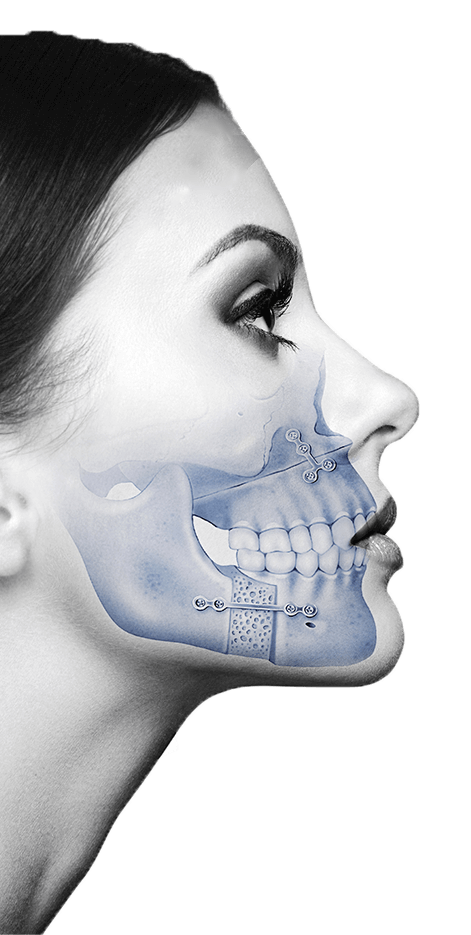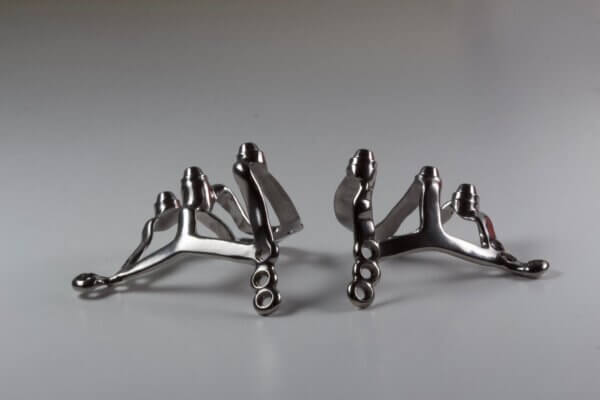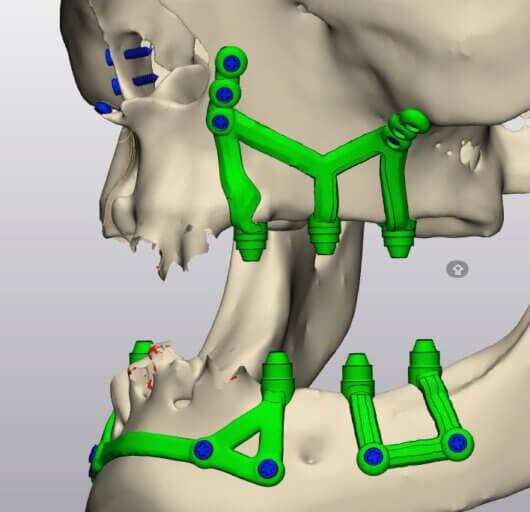Subperiosteal implants represent an advanced and personalized alternative for those who have lost a significant portion of their maxillary or mandibular bone and who have been told they cannot receive conventional dental implants. Thanks to digital planning and advances in guided surgery, this technique offers an effective, functional, and aesthetic solution even in the most complex cases.
What are subperiosteal implants?
Unlike traditional implants, which are inserted into the bone, subperiosteal implants are custom-designed to rest on the bone surface, just beneath the periosteum, the membrane that covers the bone. Their design adapts precisely to the patient's anatomy, providing stability without the need for grafts or bone regeneration.
Who are they for?
Subperiosteal implants are especially indicated for patients with:
• Severe bone loss, which prevents the use of conventional implants.
• Treatments that have been ruled out or failed at other clinics.
• Need for a fixed, stable, and minimally invasive solution.
In many cases, this technique allows for the placement of a fixed prosthesis even when other treatments are not viable.
Advantages of this technique
• Custom-made solution: each implant is digitally designed based on the patient's 3D scan.
• No need for bone grafts.
• Rapid functional recovery, with the possibility of immediate loading in some cases.
• A single procedure, less complex than other alternative procedures.
Why isn't it better known?
Subperiosteal implants require a combination of:
• High-precision 3D technology,
• Advanced surgical expertise,
• A multidisciplinary team with a personalized approach.
Not all clinics have these capabilities, so many patients don't learn about this option unless they consult a specialized center.
If you've been told that implants aren't suitable due to lack of bone, there may still be a solution. Subperiosteal implants are a reliable, safe, and personalized option for restoring chewing function and aesthetics, even in the most extreme cases.
Related Content:
Clinical Cases of Dental Implants
Video: Subperiosteal Implants




 Advantages of this technique
Advantages of this technique



